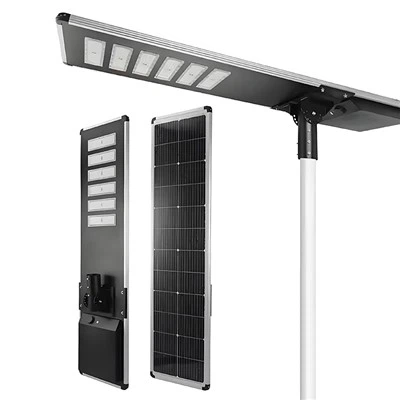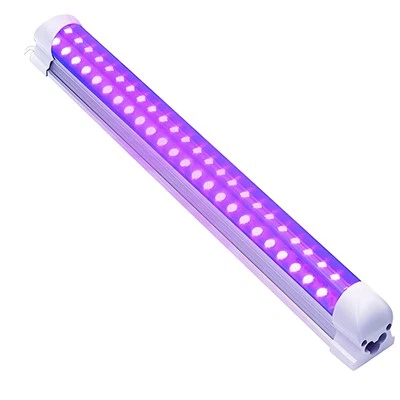One kind of artificial lighting that is intended to provide vast outdoor regions intense illumination is the floodlight. The reason it is termed a floodlight is because it fills a space with light, lighting everything around it.
The history of floodlights extends over a century. Originally, they were included into outdoor sports complexes where they could provide enough illumination for games played at night. The first floodlights directed light onto the field of play using polished metal reflectors. However, the energy consumption of these early floodlights was high and their efficiency was low.
The late 19th-century advancements in electric lighting technology made floodlighting systems more effective and efficient. Outdoor lighting started to become increasingly widespread in the early 20th century, especially in cities where lamps were put in to increase security and visibility.
The way the light beams are distributed across a large region, like a flood of water, is referred to as "floodlight". To light up big spaces like parking lots, construction sites, sports fields, and outdoor events, lights are positioned atop towering poles or towers.
One of the earliest locations where floodlights were extensively employed was sports stadiums. Many American football and baseball teams were compelled to play their games during the day, when there was an abundance of natural light, back in the 1920s and 1930s. But as sports gained popularity, so did the need for evening events, and eventually floodlights were deemed essential.
During World War II, floodlights were also widely utilized to shield ally forces from German air strikes. Building tops were equipped with searchlights directed toward the sky to identify approaching planes. These were among the first instances of floodlights being used in a military setting.
Floodlights are now more affordable and efficient because to the advent of new technologies like solar energy and LEDs. High-intensity LED bulbs, which create brighter light and use less power than older incandescent bulbs, are used in modern floodlights.
Nowadays, there are many uses for floodlights, such as security illumination, outdoor work areas, and home landscaping. They are often employed to draw attention to the architectural details of houses and buildings, to illuminate outdoor signage, and to provide dramatic effects on stage during performances of concerts and other events.
Floodlights provide a lot of advantages. They provide a high degree of light, which facilitates nighttime vision and productivity. They also make it simpler to identify possible intruders and discourage illegal activity. Additionally, nighttime outside laborers are kept secure by floodlights.
Since floodlights consume less energy and create less light pollution, they are also seen as an ecologically beneficial choice. Excessive artificial illumination is known as "light pollution," and it may disturb animals' regular sleep cycles, affect ecosystems, and exacerbate climate change. Furthermore, a lot of contemporary floodlights may be run entirely on solar power, which further minimizes their carbon impact.
In summary, "floodlight" describes the way light spreads out across a big region, just how water might flood a room. Electric lighting technology is developing, enabling us to make floodlights that are more economical and efficient. These lights are widely used in outdoor work areas, security, and sports. Furthermore, floodlights are becoming even more ecologically friendly as a result of the development of new technologies like LEDs and solar panels, which raises their value and utility even further. Therefore, the flood light is a crucial instrument for supplying safety and light in a range of applications, and it will surely keep developing and becoming better as new technologies become available.
https://www.benweilighting.com/professional-lighting/led-floodlight/led-wall-floodlight-sport-fields-light.html







